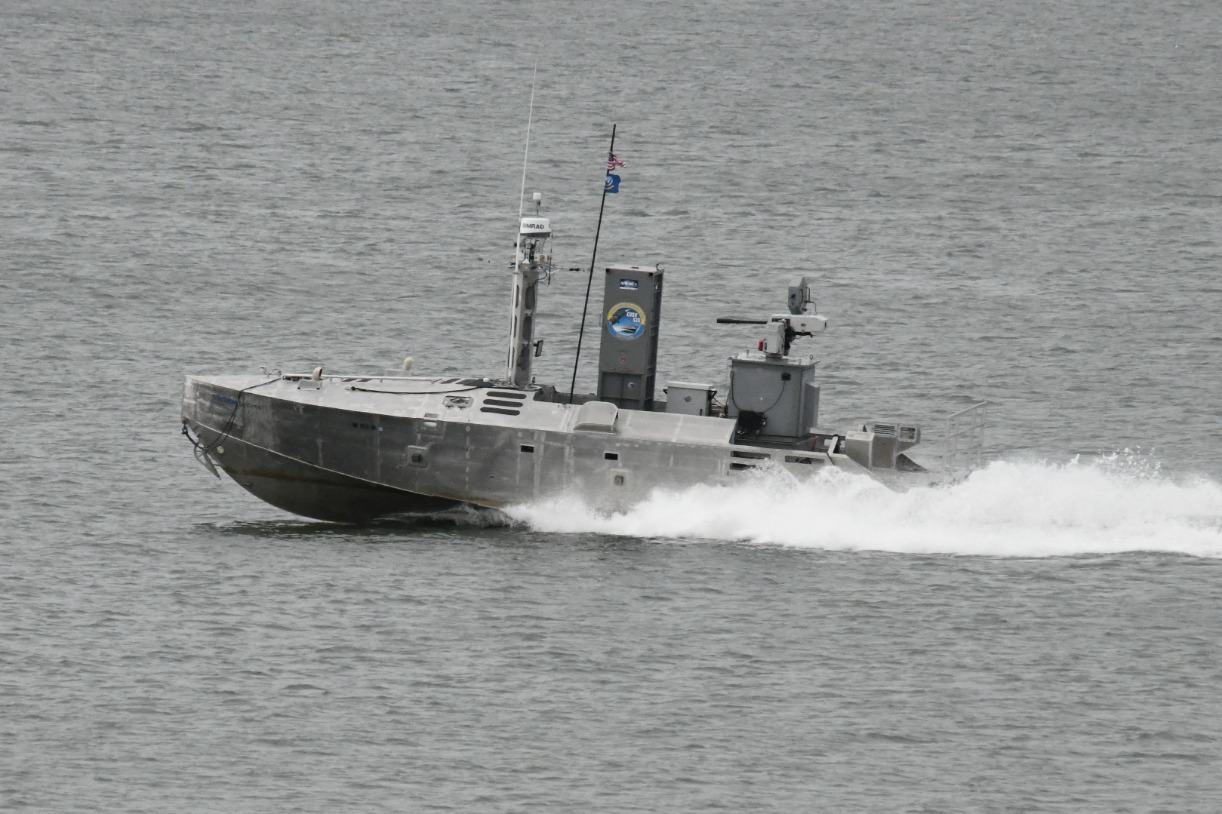
Are China’s Naval Drones Any Match for the U.S. Navy’s “Ghost Fleet?”
['Navy', 'Chinese', 'U.S.', 'fleet', 'advanced']
Kris Osborn Drones, China says it's had a breakthrough. But it seems unlikely that China is well-positioned to match the advanced stages of collaborative autonomous functions now operational with the U.S. Navy. Given the scope of the U.S. Navy's progress…
Are China’s Naval Drones Any Match for the U.S. Navy’s “Ghost Fleet?”
Given the scope of the U.S. Navy's progress with autonomous surface warfare and its fast-expanding fleet of drone warships, it comes as no surprise to learn that the large and closely followed Chinese Navy is reporting success with the same thing. This language sounds strikingly familiar, as it mirrors what the U.S. Navy has been advancing for many years with its Ghost Fleet or Overlord program effort. It seems unlikely that China is well-positioned to match the advanced stages of collaborative autonomous functions now operational with the U.S. Navy. The process is both nuanced and quite complex, as groups of U.S. Navy unmanned surface vehicles can operate with their own computer-enabled levels of autonomy. The next step, which the U.S. Navy continues to make breakthrough progress with, comes in the form of "Collective autonomy," meaning individual drones can share and analyze data between themselves and make necessary, mission-critical adjustments as a group. The U.S. Navy is fast acquiring a new, highly advanced fleet of Small, Medium, and Large USVs to operate in close coordination with one another. The Ghost Fleet program goes back many years to its early days with the Office of Naval Research, and given how complex the algorithms need to be to advance an integrated system of surface drones, it would seem unlikely that China would be in a position to rival this mission capacity.